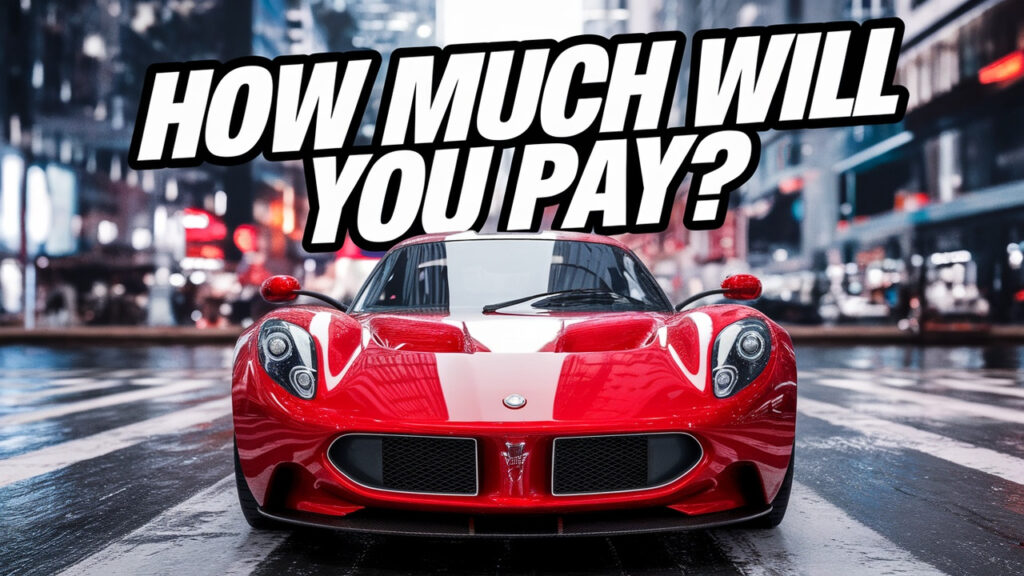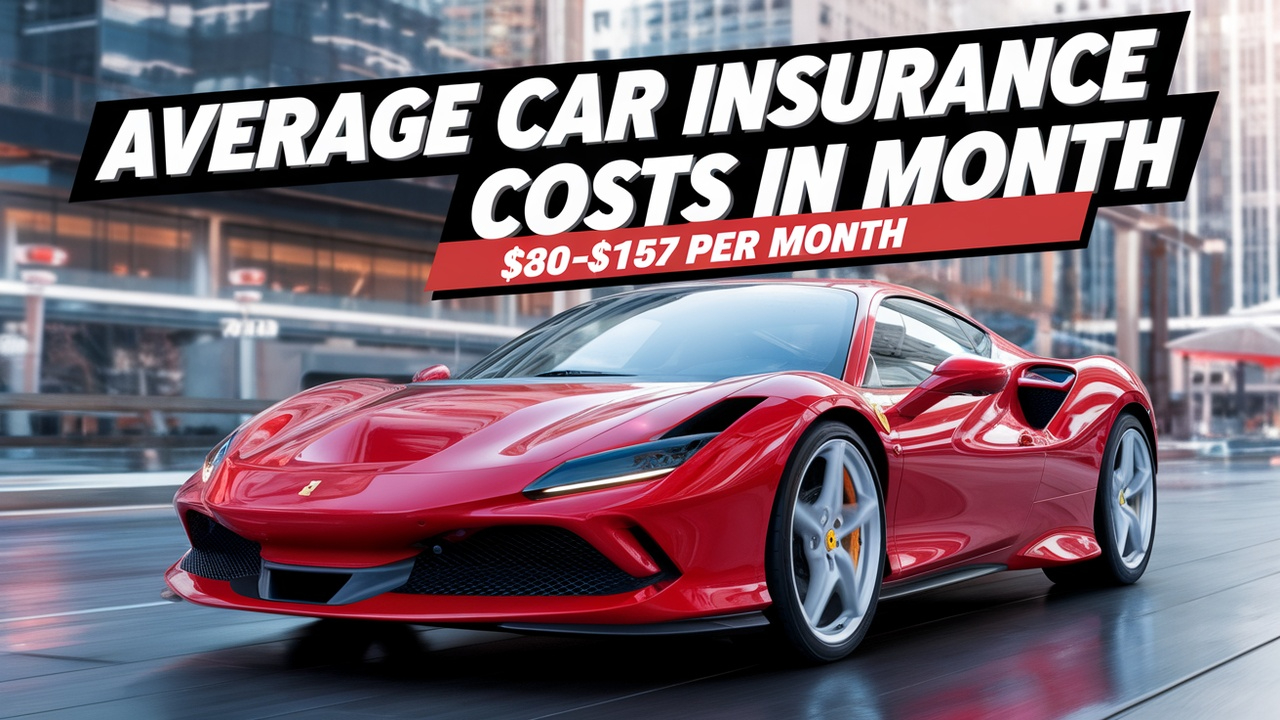Are you wondering how much is car insurance going to cost you? The average cost of car insurance ranges from $80 to $157 per month for a basic liability-only policy, though rates can vary significantly based on multiple factors. Understanding these costs is crucial for making informed decisions about your auto insurance coverage.
How Much Is Car Insurance Across Different States?
The cost of car insurance varies dramatically depending on your location. States are typically categorized into three tiers based on average insurance costs. Low-cost states like Idaho, Maine, and Wisconsin average around $80 monthly for liability coverage. Medium-cost states, including Texas, Pennsylvania, and Arizona, see average rates of approximately $105 per month. High-cost states such as Florida, New York, and Michigan have the highest premiums, averaging $157 monthly. These variations stem from different state regulations, population density, and accident rates.
“According to recent Progressive insurance data, paying for a six-month policy upfront can result in significant savings compared to monthly payments, with discounts varying by state and coverage type.”
Key Factors That Impact Your Car Insurance Premium

Your car insurance premium is influenced by various personal and external factors that insurance companies use to assess risk. Age plays a crucial role, with younger drivers typically paying higher premiums due to their limited driving experience. The CDC reports that teen drivers are nearly three times more likely to be involved in fatal crashes compared to drivers aged 20 and above. Location also significantly impacts rates, with urban areas generally having higher premiums due to increased accident risks and theft rates. Vehicle usage, including whether you use your car for personal or business purposes, affects your premium. Additionally, your driving record, including accidents and traffic violations, plays a vital role in determining your insurance costs.]
Vehicle-Related Considerations Affecting Insurance Rates
The type of vehicle you drive significantly influences your insurance premium. Insurance companies consider factors such as repair costs, theft rates, and safety features when calculating rates. Luxury vehicles and sports cars typically command higher premiums due to expensive replacement parts and higher theft risks. Electric vehicles, particularly high-end models like Tesla, often have higher insurance costs due to specialized repair requirements and expensive components.
Impact of Safety Features on Insurance Costs

Modern vehicles equipped with advanced safety features may qualify for insurance discounts. Features like anti-lock brakes, airbags, and electronic stability control can lead to lower premiums. However, the sophisticated technology in newer vehicles can also increase repair costs, potentially offsetting some safety-related savings.
Understanding Vehicle Classification
Insurance companies categorize vehicles based on various factors, including:
- Vehicle size and type
- Safety ratings and crash test results
- Theft rates for specific models
- Repair and replacement costs
- Historical claim statistics
“The make and model of your vehicle can affect your insurance rate by up to 50%, with luxury and high-performance vehicles typically costing significantly more to insure than standard family cars.”
Payment Options and Discounts
Insurance companies offer various payment options and discounts that can significantly reduce your premium. Many insurers provide discounts for:
- Paying the entire six-month premium upfront
- Bundling multiple policies
- Maintaining a good driving record
- Installing safety devices
- Completing defensive driving courses
- Good student discounts for young drivers
Ways to Lower Your Premium
There are several strategies to reduce your car insurance costs while maintaining adequate coverage. Consider increasing your deductible, maintaining a good credit score, and taking advantage of usage-based insurance programs that track your driving habits. Regular policy reviews and comparison shopping can also help ensure you’re getting the best rates.
Conclusion
Understanding how much car insurance costs and the factors that influence your premium is essential for making informed decisions about your coverage. While average rates provide a baseline, your actual costs will depend on various personal factors, vehicle characteristics, and location-specific considerations. By understanding these elements and actively pursuing available discounts, you can work towards obtaining the most cost-effective coverage for your needs.
FAQ
Q: How often should I compare car insurance rates? A: It’s recommended to compare rates at least once a year or when major life changes occur, such as moving or buying a new vehicle.
Q: Does my credit score affect my car insurance rate? A: Yes, in most states, insurance companies use credit-based insurance scores as a factor in determining rates. Better credit scores often result in lower premiums.
Q: Can I change my car insurance coverage at any time? A: Yes, you can typically modify your coverage at any time, though some changes might affect your premium. Contact your insurance provider to understand the implications of any changes.
Q: What’s the difference between liability-only and full coverage insurance? A: Liability-only insurance covers damages you cause to others, while full coverage includes protection for your vehicle through comprehensive and collision coverage.
Q: How much can I save by bundling insurance policies? A: Bundling auto insurance with other policies, such as homeowners or renters insurance, can typically save between 5-25% on your premiums.
